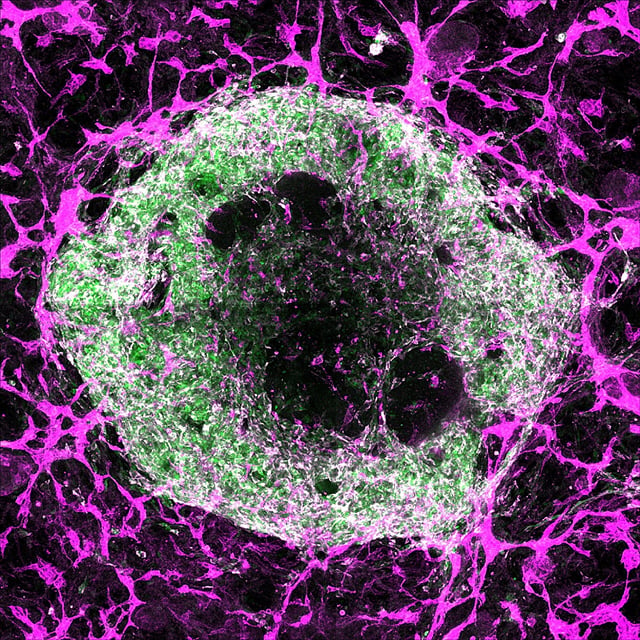Overview
- Researchers overcame a key bottleneck by integrating endothelial and smooth muscle cells to form branching blood vessels in heart and liver organoids.
- Systematic testing of 34 differentiation recipes identified a condition that yields organoids mirroring the cellular diversity of a six-week-old human embryonic heart.
- The vascularized organoids promise more reliable drug screening and personalized medicine and align with FDA plans to curb animal testing.
- Scientists plan to refine their vascularization protocols to include immune and blood cells for more mature, adult-like organ models.
- The team has adapted the approach to liver organoids and aims to extend it to other tissues such as kidneys, pancreas and lungs for regenerative therapies.

